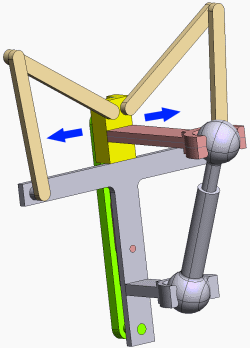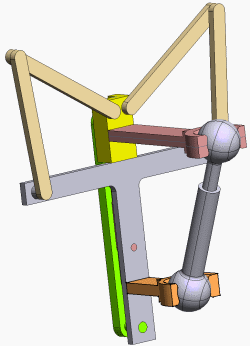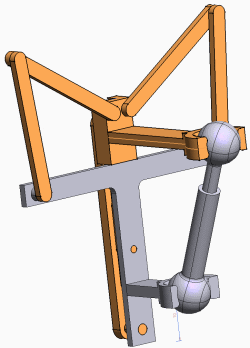
The Check Mating command shows which entities are well defined, under constrained or over constrained. If the result does not reach the expectation then it is possible to add (or remove) degrees of freedom by removing (or adding) some mating constraints.
For example, open the file Assembly_final_job.e3 from the Samples\mating folder. This document contains an assembly with a mechanism where some parts are supposed to be fixed and others can be dragged:

The Check Mating command shows the component Lever4 is under constrained:

It means there are some degrees of freedom and the entity can be dragged. This component becomes well defined after adding a new constraint coincident constraint with a 70 mm offset.
The Check Mating command shows this entity as well defined now.
Nevertheless it is impossible to drag some parts of the mechanism as some entities seems to be fix. Actually the check Mating indicates Guide, Lever, Lever1, Lever2, Lever3 and Lever7 components are well defined.

The Lever1 part is constrained with a coaxiality including an axial angle option. This option prevents the part to rotate. In order to get some degrees of freedom the axial angle option need to be removed by redefining the constraint.
After redefining the constraint, the Check Mating command indicates Guide, Lever, Lever1, Lever2, Lever3 and Lever7 are under constraint. So any of these entities can be dragged.
